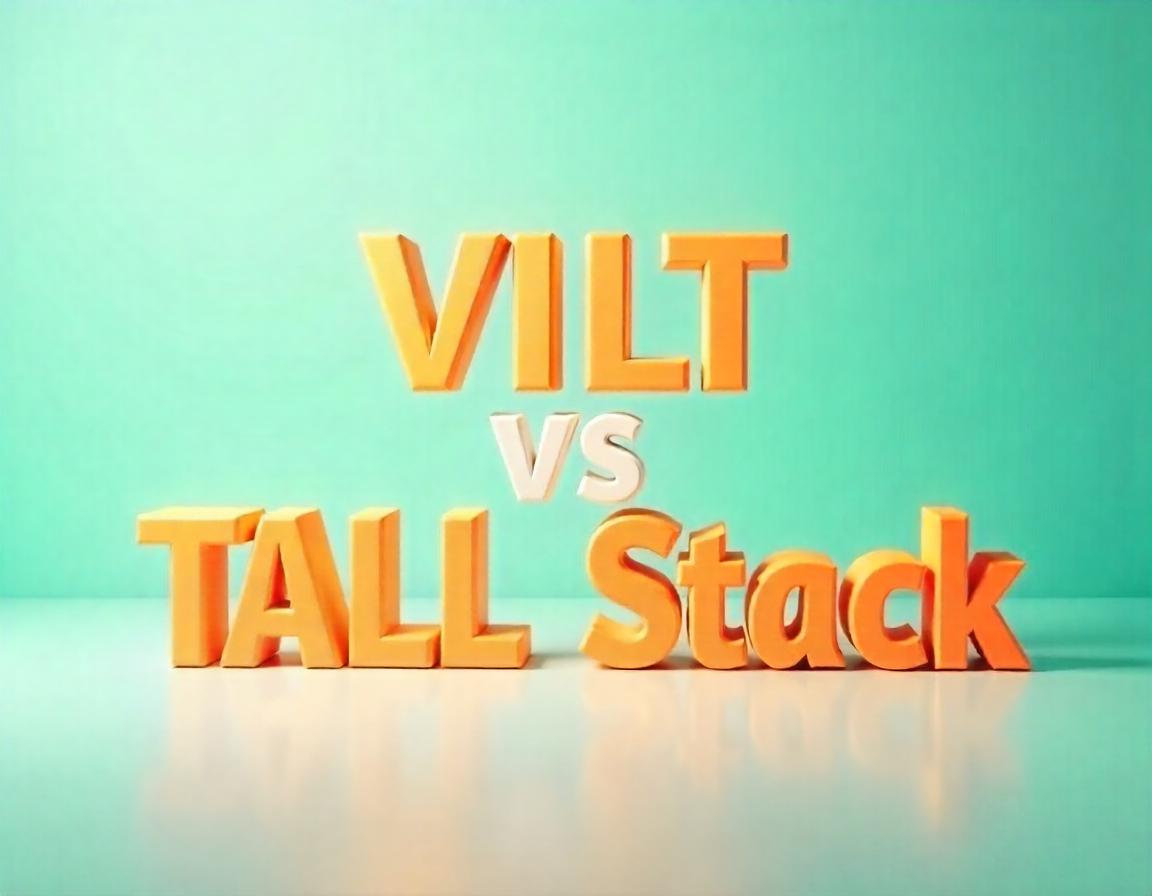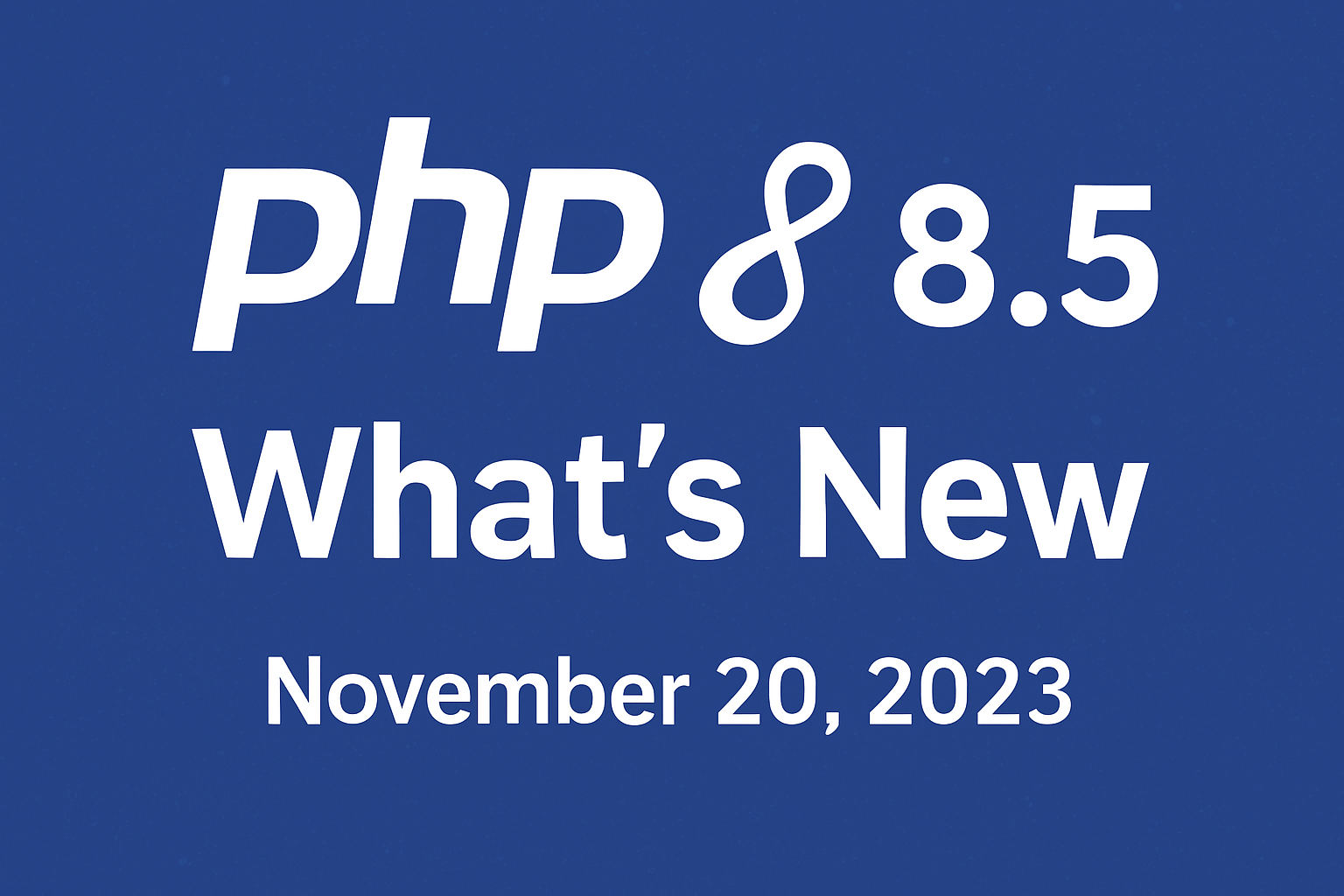VILT vs. TALL Stack: Which One Should You Pick?
If you're diving into the world of Laravel development, you've probably heard about two popular tech stacks: VILT and TALL. At first glance, they might look like just a bunch of trendy acronyms, but they represent two very different approaches to building modern web applications. Let's break them down and figure out which one might be the best fit for your next project.
What is the VILT Stack?
The VILT stack is made up of:
- Vue.js: A powerful frontend framework for building reactive user interfaces.
- Inertia.js: A library that makes single-page app (SPA) development seamless by connecting your frontend and backend.
- Laravel: The popular PHP framework we all know and love.
- Tailwind CSS: A utility-first CSS framework for designing modern, responsive UIs.
Think of VILT as a bridge between traditional server-side apps and fully client-side SPAs. It lets you use Vue to handle the "front-of-the-house" (your UI), while Laravel manages the "back-of-the-house" (business logic and database).
What is the TALL Stack?
The TALL stack stands for:
- Tailwind CSS: The same beloved CSS framework from VILT.
- Alpine.js: A lightweight JavaScript framework for interactivity.
- Laravel: Again, your robust backend framework.
- Livewire: A Laravel-specific library for building dynamic user interfaces without writing a lot of JavaScript.
TALL is more like the "Laravel way" of building interactive applications. With Livewire, you can skip the heavy JavaScript frameworks and still achieve some SPA-like interactivity.
Breaking It Down with a Simple Example
Let’s say you’re building a to-do app. Here’s how each stack would approach it:
VILT Stack Example
- Frontend: You’d use Vue components to handle your UI. Clicking a button to add a task would send a request via Inertia to Laravel, and the page would update dynamically without a full reload.
- Result: Fast, modern SPA-like experience, but you’ll write a good chunk of JavaScript to handle the UI logic.
TALL Stack Example
- Frontend: You’d use Livewire components to build your UI. When you add a task, Livewire handles the backend interaction and updates the DOM automatically. Tailwind handles the styling, and Alpine adds sprinkles of interactivity (like modals or dropdowns).
- Result: Reactive, dynamic UI with minimal JavaScript, sticking closer to Laravel's PHP-based ecosystem.
Why Choose VILT?
-
If you’re comfortable with Vue. Vue is great for building complex, reactive interfaces. If you already love Vue or need advanced frontend capabilities, VILT might be a better fit.
-
When you want a SPA-like experience. If you’re aiming for a super snappy interface where most interactions feel instant, VILT gives you that out of the box.
-
Frontend-heavy apps. If your app demands a lot of custom UI components, charts, or real-time interactions, Vue will give you the tools you need.
Why Choose TALL?
-
If you want to avoid heavy JavaScript. Hate the idea of managing complex frontend build tools? TALL keeps things simple and Laravel-centric.
-
Faster prototyping. Livewire lets you spin up features quickly without worrying about APIs or JavaScript frameworks.
-
Smaller apps or dashboards. For admin panels, dashboards, or smaller apps, TALL can be a great way to build modern UIs with minimal overhead.
Pros and Cons: VILT vs. TALL
| Feature | VILT | TALL |
|---|---|---|
| Ease of Learning | Steeper curve (requires Vue + Inertia knowledge) | Easier (stays within Laravel ecosystem) |
| Performance | Great for SPAs | Good for standard Laravel apps |
| Complex UIs | Handles complex UI well | Best for simpler or medium-complexity UIs |
| Build Speed | Slower due to separate frontend/backend | Faster with integrated tools |
| Community Support | Strong Vue community | Strong Laravel + Livewire community |
Final Thoughts: Which One Should You Choose?
If you're building a feature-rich, frontend-heavy app and love Vue.js, the VILT stack is your go-to. On the other hand, if you want simplicity, speed, and tight integration with Laravel, the TALL stack is perfect.
The key is understanding your project's needs. Do you need a blazing-fast SPA? Go with VILT. Do you prefer to stick to Laravel’s ecosystem and avoid writing too much JavaScript? TALL’s got your back.
At the end of the day, there’s no wrong choice—just different tools for different jobs. And whichever stack you choose, both are backed by great communities and excellent resources to help you along the way.
Happy coding! 😊



